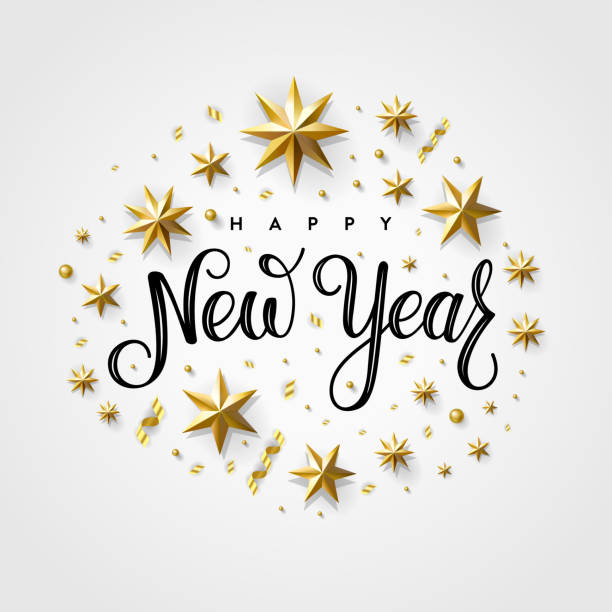The New Year is a time of reflection, celebration, and new beginnings. Across the globe, people welcome the New Year with unique traditions and festivities, deeply rooted in cultural heritage and history. From dazzling fireworks to intimate family gatherings, how we celebrate vary widely but share a common theme: hope and renewal.
The time and celebration of New Year varies from region to region and religion to religion worldwide. This is because people in different parts of the world use different calendars. Some calendars are based on the moon's movement; others are based on the sun's position, while others are based on both the sun and the moon. All over the world, there are special beliefs about New Year.
The History of New Year's Celebrations
The concept of celebrating the New Year dates back thousands of years. Ancient civilizations marked the New Year at different times of the year, often tied to agricultural or astronomical events. The earliest recorded New Year's celebration took place in Mesopotamia around 2000 B.C., where the New Year began with the vernal equinox in mid-March.
The Roman calendar originally designated March 1 as the start of the new year. However, with the adoption of the Julian calendar in 45 B.C. by Julius Caesar, January 1 became the official start of the new year. This change aligned the calendar with the solar year, correcting previous misalignments.

Celebrations for the occasion start from 31st December Eve only and blast to the zenith at the stroke of midnight. People enjoy together with family and friends, having great time together in relishing lip-smacking food or dancing to the beats.

The New Year comes with many traditions associated with it. Different regions of the world follow different practices on the day. The most commonly followed practices are adopting New Year’s resolution, exchanging gifts, lighting crackers at midnight and of course to wish luck and happiness to everyone by three magical words
Global New Year's Traditions
-
United States: In the United States, New Year's Eve is synonymous with parties, fireworks, and the iconic Times Square Ball Drop in New York City. Millions gather to watch the crystal ball descend at midnight, a tradition that began in 1907.
-
Scotland: Hogmanay, the Scottish New Year, is celebrated with great enthusiasm. One of the most famous customs is "first-footing," where the first person to enter a home after midnight brings gifts like coal, shortbread, or whisky, symbolizing good luck for the coming year.
-
Spain: In Spain, it is customary to eat twelve grapes at midnight, one for each stroke of the clock, to bring good fortune for the twelve months ahead. This tradition, known as "Las Doce Uvas de la Suerte," is believed to have originated in the early 20th century.
-
Japan: In Japan, New Year's, or "Shogatsu," is a time for family gatherings and traditional foods. Many Japanese visit shrines or temples to pray for good fortune in the coming year. The ringing of the temple bells 108 times symbolizes the purification of 108 human sins.
-
Brazil: In Brazil, New Year's Eve, known as "Réveillon," is celebrated with beach parties and fireworks. Many Brazilians wear white clothing, symbolizing peace and renewal, and jump over seven waves at midnight for good luck.
-
China: The Chinese New Year, also known as the Spring Festival, follows the lunar calendar and usually falls between January 21 and February 20. Festivities last for 15 days and include dragon dances, lantern festivals, and family reunions. The celebration culminates with the Lantern Festival, where people release lanterns into the sky or float them on water.
नया साल 2025 के बारे में हिंदी में पढ़ें click here